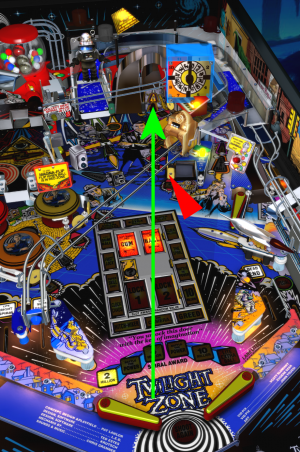From what I have read, gifs work best for short sequences on table objects. I have never been interested in doing that all that much. They might be useful to create the signs on Blade Runner that have repeating sequences like you see in the movie.
Honestly... the only benefit to using GIFs, is the easiness of using a single file compared to creating / importing multiple jpgs (which is not hard).
I've used GIFs, Overlays, Holograms, and my own new method using the pup plug-in for animated 24 bit images. If all you want is simple videos... then the standard methods used with Overlays and Image Sequence is still the best option for performance and quality.
If you want animations of anything else.... my pup plug-in method gets the best visual quality and performance by far. Yes, it need a bit more coding... but for the most part its copy / paste and change the variables as needed. Only a few minutes at most to add an animation for the code (much faster once you know what you are doing).
Here the basic low-down:
=============
GIFs
Pros:
- single file for an animation
- fairly simple commands
- can be used on anything in FP (swaps textures directly)
Cons
- 256 colours
- very large file size
- performance is the worst of all methods
- may cause stutter / lag issues
=============
Overlays / HUDs / Holograms
Pros:
- integrated FP support
- can use Image Sequences directly
- easy to use commands
- can use any combo of image formats and textures
- great for "video screens"
- fully lit, not affected by light (holograms and HUD only)
Cons:
- must use multiple images for animations
- holograms can't be blocked by anything, as they render overtop of everything
- only usable for basic videos
- can't be used with any object / surface
==============
PuP Plug-in texture animations (TerryRed method)
Pros:
- 24 bit texture animations (16 million colours)
- file sizes are small (jpgs) compared to GIF
- can be used on anything in FP (swaps textures directly)
- excellent performance
- can use much higher resolutions with better performance compared to GIF
Cons:
- must use multiple images for animations
- images must be added to "any" image list (if not already used on another surfaces / object)
- must use a timer and custom code to create the animations




